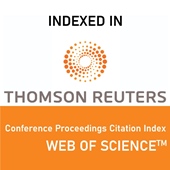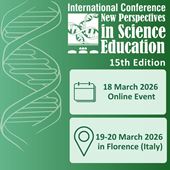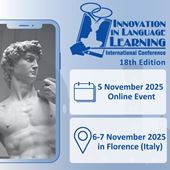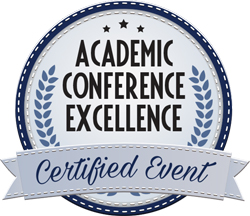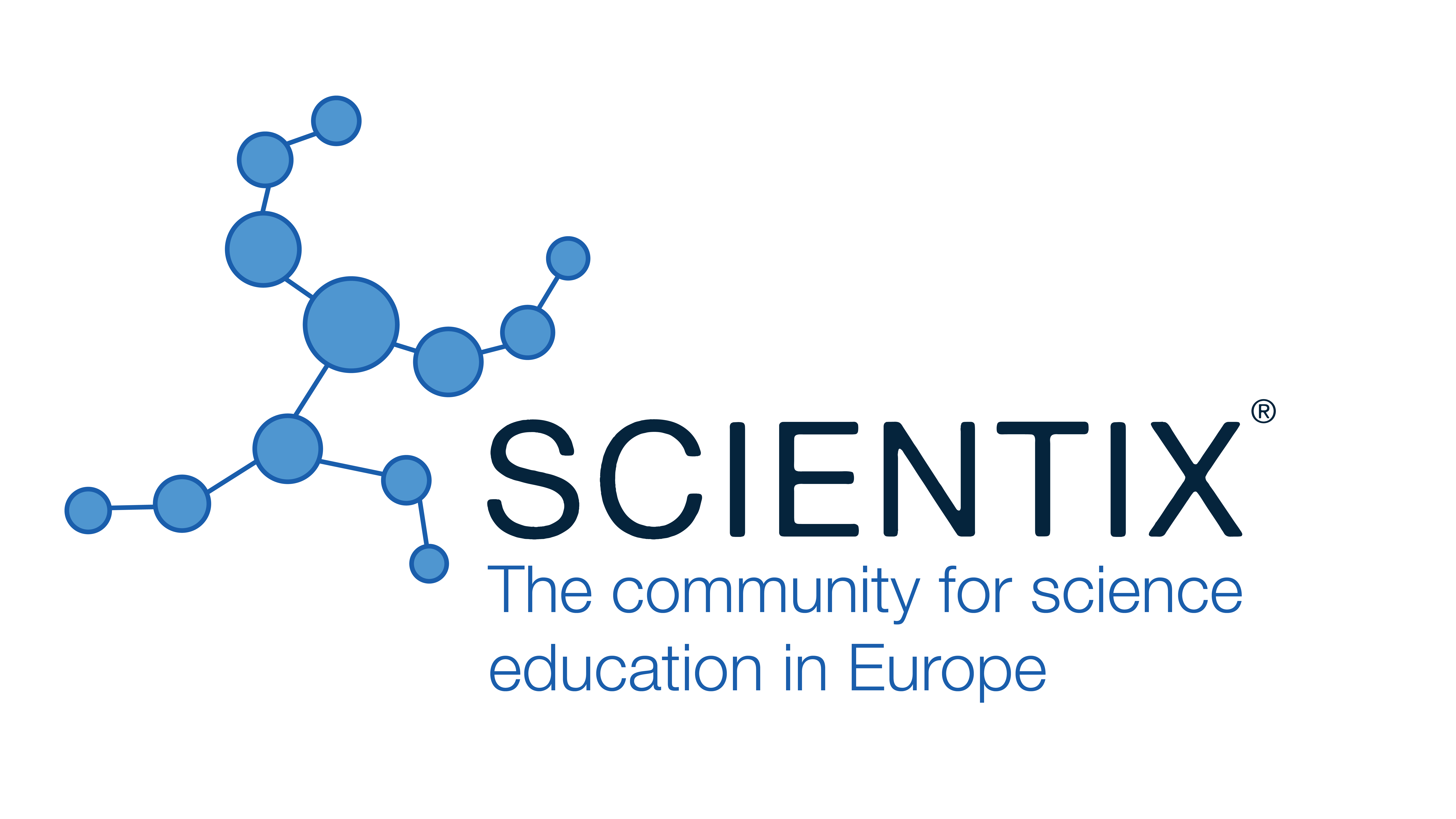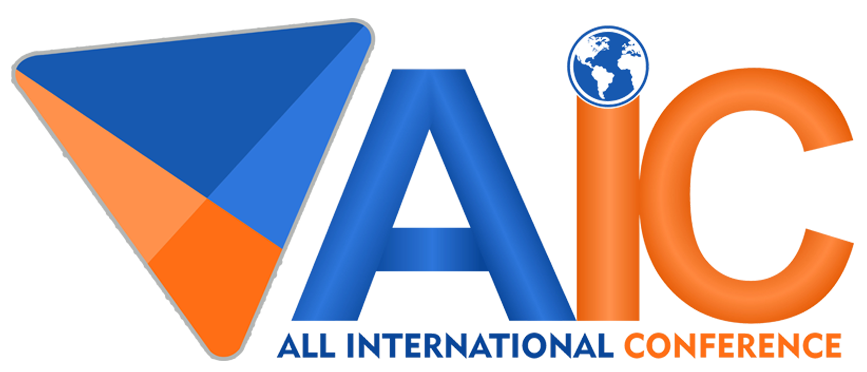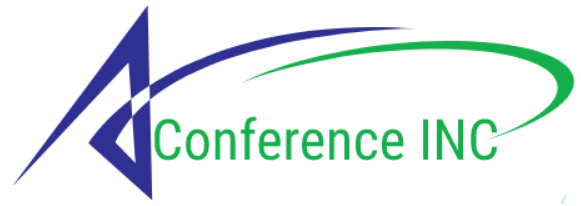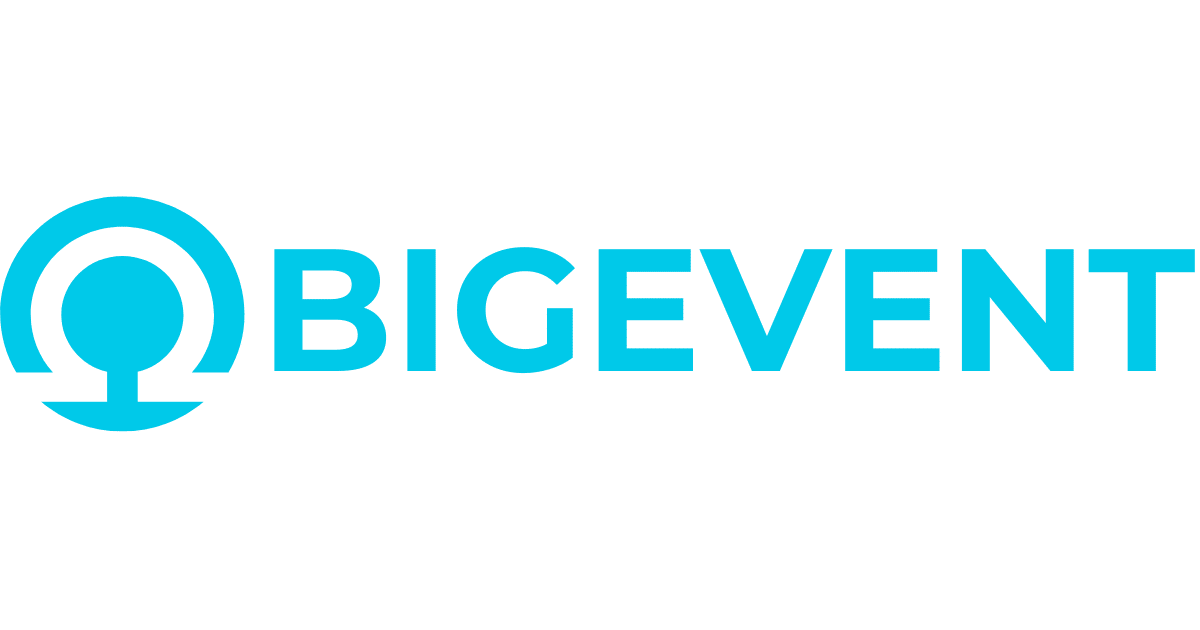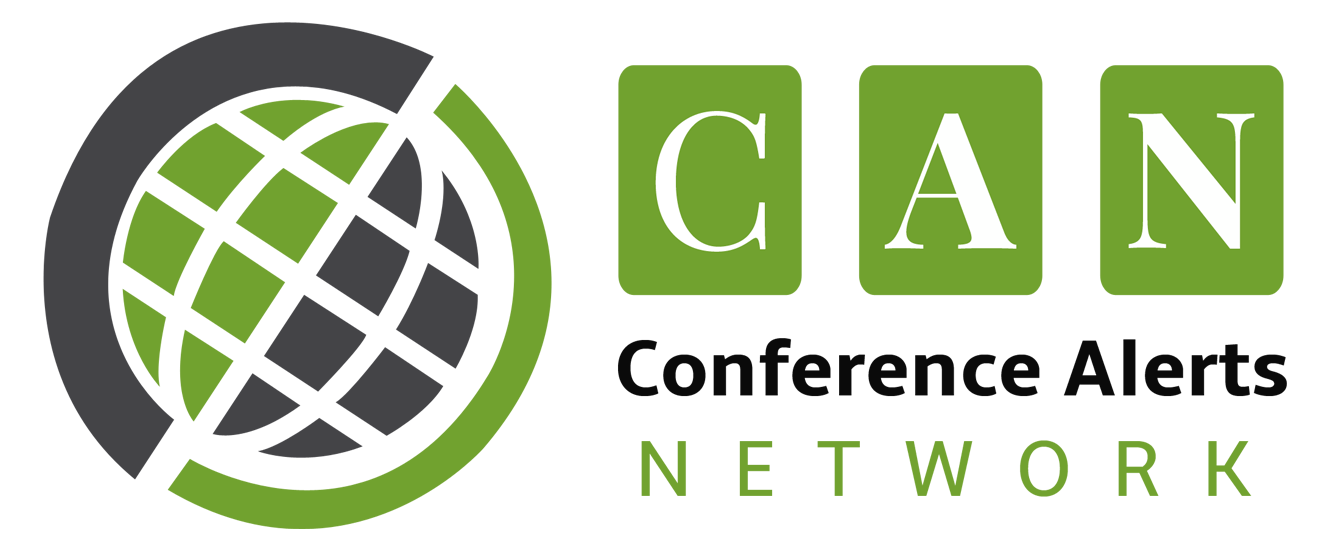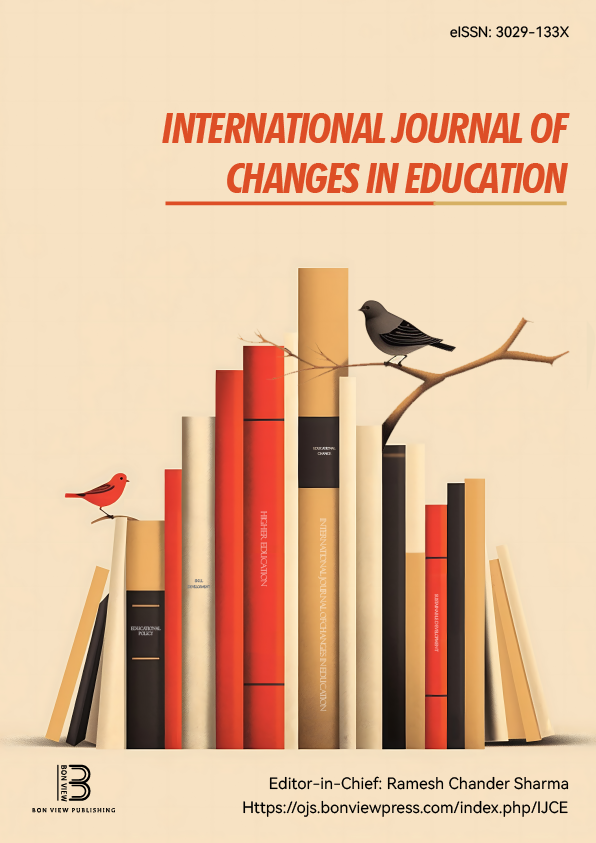Frontline Classrooms– Currency of Context for Student Engagement
Gillian Spicer, Forest Lake State School and Darra State School; Education Queensland, Brisbane (Australia)
Abstract
Never before has the old adage, “Who is our audience and what is our purpose?”, been more necessary for educators than for our students. Why is your current context important to your teaching and learners? Your starting point for students under eighteen must consider the folloeing complexities: whether you are well funded or political Band-Aids are of no help; how contemporary learner thinking and therefore behavioural responses reflect their own societal experiences; the current curriculum achievement standards and research data that drives our pedagogy. This means educators need to rise to this challenge to plan, resurce and work within the current context of their own role. Planning language courses to be joyful, motivating and empathetic of students and the need to infuse opportunities for creativity now needs a teacher mindset to look outward and plan for the now. Classroom behaviours and needs are evolving more quickly than educator courses. Joining teacher associations, networking with educators in the field who have undertaken generalisable action research with their current students’ needs is a must to inform practice. Knowing and engaging your current student achievement standards and synthesising these with your findings on your own teaching context will enable your units of work to have students engage meaningfully. Empirical research reveals cognitive load theory, knowledge-rich content and 3D curricula managed with explicit teaching are precursors to student engagement while blended learning, a hybrid of current technology and best practice from traditional teaching enables student motivation. To meld your currency of context with the empirical evidence of effective pedagogy means manageable classes and progress in education.
Keywords: blended learning, minors, engaged classrooms, learning strategies
REFERENCES
[1] Hattie, J. (2012). Visible learning for teachers: Maximising impact on learning. Routledge.
[2] Muir and Spencer (2024). New teacher mindset: Practical and innovative strategies to be different from day one. John Wiley and Sons. ISBN: 9781394210091
[3] Queensland Government Australian Curriculum and Assessment Authority. Australian Curriculum Version 9.0 in Queensland. (August 2025). (accessed 1 September, 2025) https://www.qcaa.qld.edu.au/p-10/aciq/version-9
[4] Swain, N. (2024). Harnessing the science of learning: Success stories to help kickstart your school improvement. (1st ed.) Routledge. https://doi.org/10.4324/9781003404965
 Innovation in Language Learning
Innovation in Language Learning
